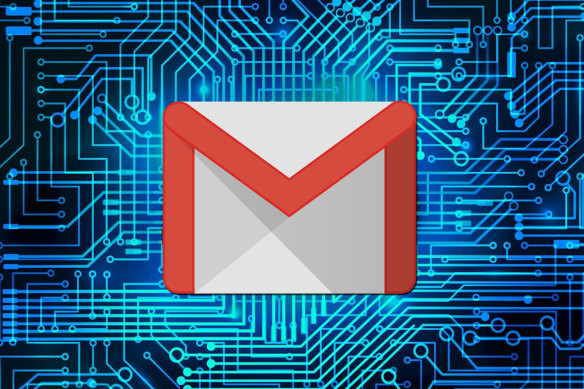- Analysis
- Business
- Workplace
- Digital hygiene
This was published 6 months ago
Australians send and receive 8.1 billion emails a day. Most of them are a waste of time
By Tim Duggan
Australia leads the world in many areas. Our cities consistently rank among the most liveable, we have one of the highest volunteering rates per capita, and we proudly produce a disproportionate number of Hollywood’s A list.
However, we are also near the top in another important area that we don’t talk about enough: email usage. In fact, Australia ranks 10th in the world when it comes to how many emails we produce, with 8.1 billion sent every day to and from Australians.
It’s a dauntingly large number that highlights a blind spot in many workplaces.

Gmail
Despite it being the primary tool to communicate among colleagues, most of us are working blindly when it comes to how to use email well. So in the spirit of laying down some simple guidelines, here are seven rules of email etiquette that anyone can learn from to be a better human who emails.
Don’t abuse the CCs
In a quaint throwback to prehistoric times, CC is an abbreviation of ‘carbon copy’, referring to the ancient art of laying a sheet of carbon paper underneath the one you write on to create a direct copy of its contents below.
Today it’s a casual way to keep others informed of information that’s relevant to them. Or at least, that’s what it’s meant to be. Some workplaces have a culture of stacking the CC: filed like a wedding invitation list, using it as a spray gun to unnecessarily overload everyone with emails. When it’s used correctly, the CC field should only include those who really need to know.
Reply-all with caution
Related to the crime of CC overuse are those who see a long list of names as an invitation to reply to everyone on the chain. You need to think hard before you click ‘send’ on a reply-all email as it can quickly get out of control. Don’t clog up your colleagues’ inboxes just for the sake of it, or to score work brownie points.
Write clear and correct subjects
Tricking someone into opening an email might get you a quick click, but it comes at the cost of trust. Sending emails with mysterious subject headings, or intentionally vague, alarmist or misleading ones, should be frowned upon in a work environment. Be clear and obvious in your headings to avoid confusion as to what it’s about.
Cut it in half
If you’re writing a work email, don’t use it to unload every bullet-point of information you’ve ever had on the subject. Save that for detailed attachments, spreadsheets or meetings.
As a general rule, if an email essay to a colleague is longer than one scroll of your mouse, it’s already too long.
Check the formatting
Emails deserve to be one font and colour only. Using multiple font sizes and formats to try to get attention distracts from the message. Sometimes cut-and-pasting information from various sources (hello, ChatGPT) can really play with the formatting. Leave emojis and exclamations out of your emails, and keep it super-clean.
Tone down the language
If you’ve ever written a reply with the words “As per my previous email,” then I’m looking directly at you. It’s already hard enough to read the intended tone of an email without adding passive-aggressive jabs into the text.
Aim to keep your words civil, focused and to-the-point. If you really feel emotional about an issue, deliver the message in person, not in writing.
Don’t be an email courier
Has anyone ever sent you an email, then called or walked to your desk straight away to ask, “Did you see the email I just sent?” That’s called an email courier, and it’s a super-annoying habit.
Every email shouldn’t be urgent, nor should it be expected that you’ll respond to it immediately. Chill out, take your time and respond whenever you’re ready.
These are a handful of the most common email crimes that have made their way into most workplaces. Every environment is different, and you should use these as a basis to modify and create ones that reflect how you want to work.
In the four or so minutes that it took you to read this article, more than 1 billion new emails have been sent around the world. Many of them were to and from Australians, so it’s about time we learnt how to do it well.
Tim Duggan is the author of Work Backwards: The Revolutionary Method to Work Smarter and Live Better. He writes a regular newsletter at timduggan.substack.com
The Business Briefing newsletter delivers major stories, exclusive coverage and expert opinion. Sign up to get it every weekday morning.